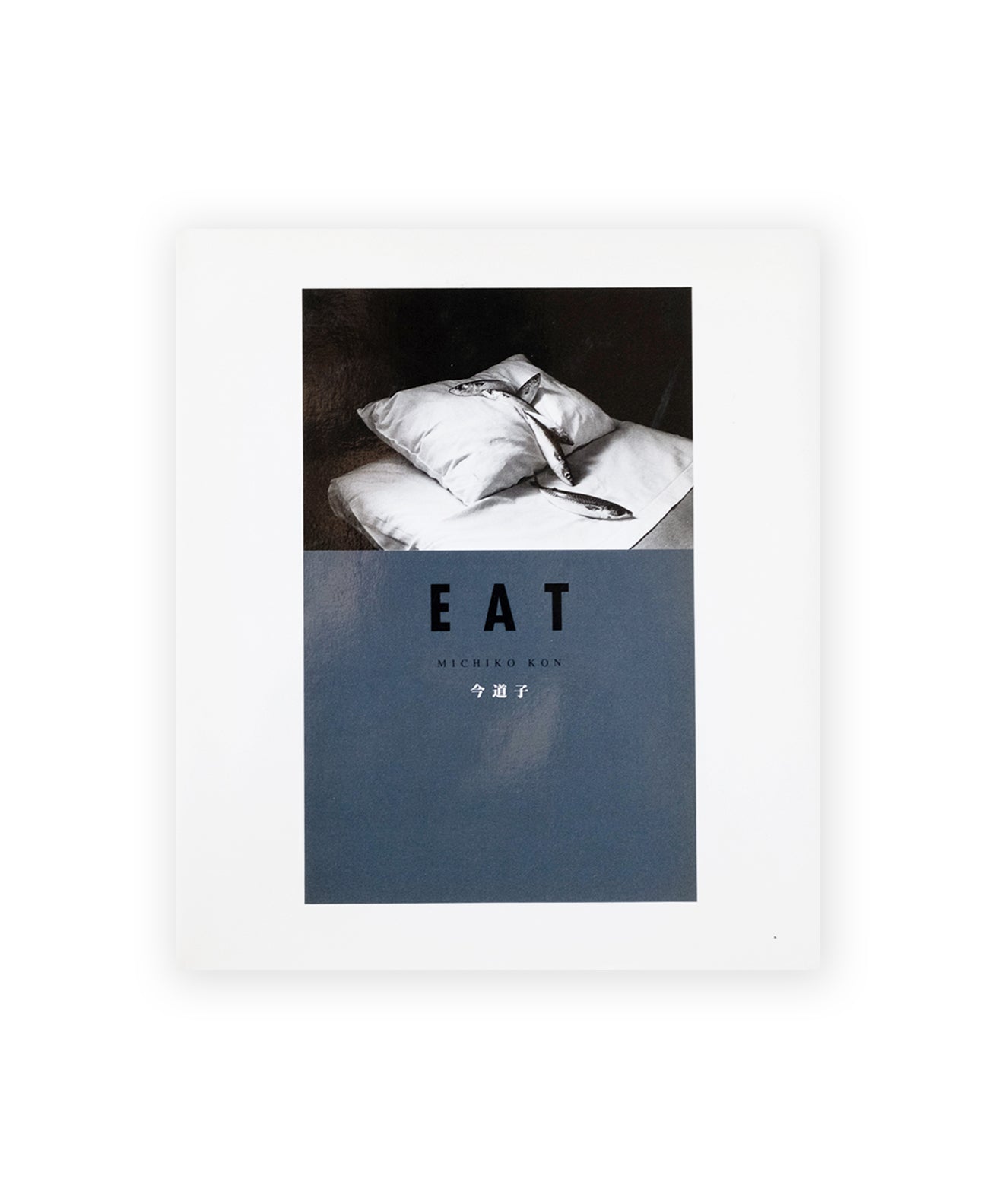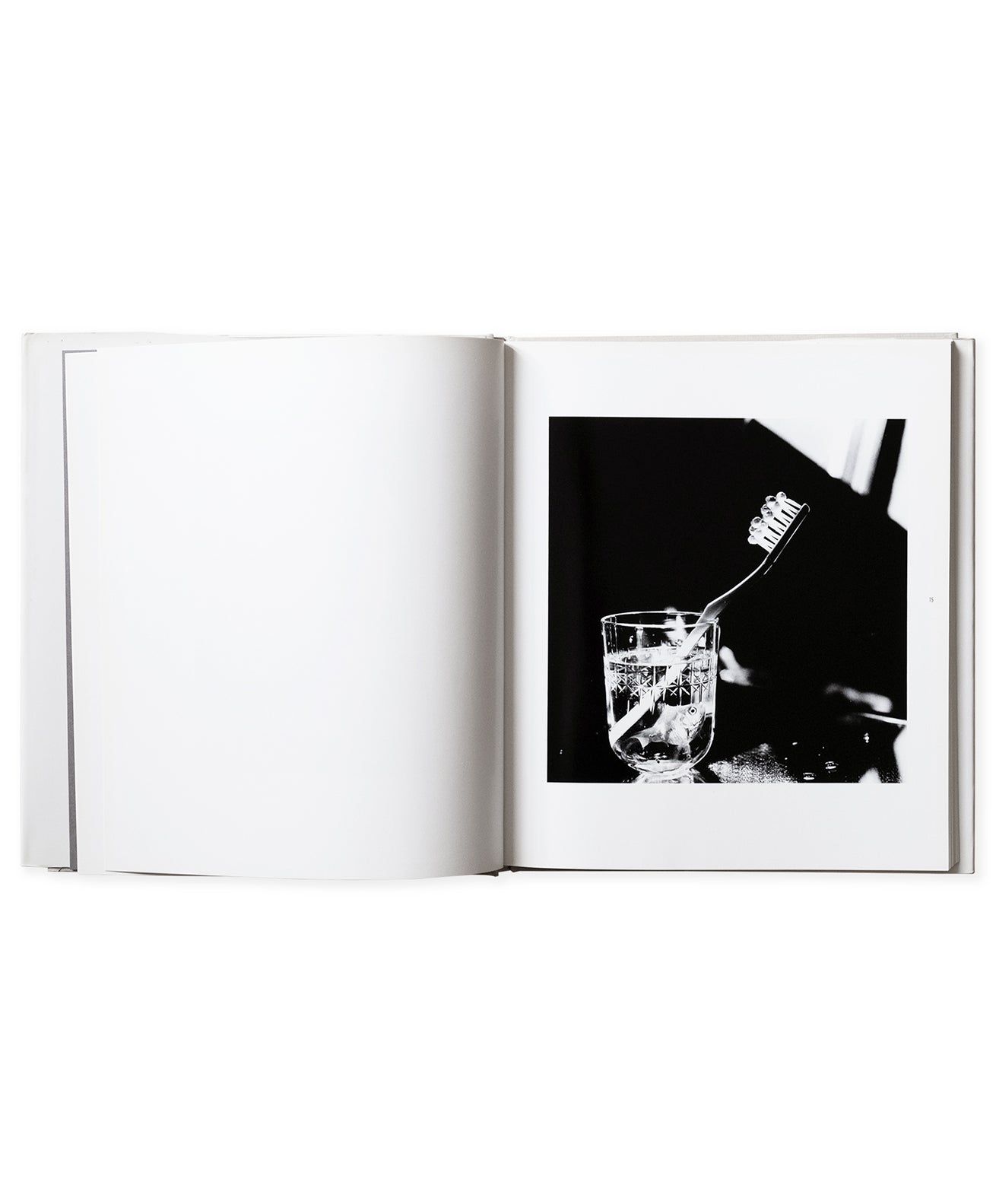MICHIKO KON - Eat
Ramassage actuellement indisponible à 1 rue des Minimes
– Default Title
-
1 rue des Minimes
09709759181 Rue des Minimes
75003 Paris
France
MICHIKO KON
Eat
Published by Shogakukan, 1987
Book size 22 x 26 x 1 cm
Pages 92 pages
Hardcover
"Taste, hearing, sight, touch, smell. I want to express myself using all my feelings. This book can be interpreted as a set of sensations", says Michiko Kon.
The photographer builds her universe by combining food with everyday objects: The bra with kohada (spotted shad), tights filled with cabbage, the toothbrush garnished with salmon eggs, a vase with oysters, the fish surrounded by wool, the hanging shrimp sweater etc. This surreal world shows us the strength of the art of still life.
The contrasts between dark and light values make the eyes of the fish, which seem almost animated, shine. This bit of humor and provocation is supposed to stimulate our emotions. And on the cover again, it says "Do not show this book to children". If it is common, in France as in Japan, to warn children not to play with their food, the book is addressed to big children as adults and calls for the transgression of a ban now authorized.
----
Le goût, l’ouïe, la vue, le toucher, l’odorat. Je veux m’exprimer en utilisant toutes mes sensations. Ce livre peut être interprété comme un ensemble de sensations, nous dit Michiko Kon.
La photographe construit son univers en alliant nourriture avec des objets de la vie quotidienne : Le soutien-gorge aux kohada (alose tachetée), les collants remplis de choux, la brosse à dents garnie d’œufs de saumon, un vase aux huîtres, le poisson entouré de laine, le pull aux crevettes suspendues etc.
Ce monde surréaliste nous montre la force de l’art de la nature morte.
Les contrastes entre valeurs sombres et claires font briller les yeux des poissons qui semblent presque animés. Ce brin d’humour et de provocation est ainsi supposé stimuler nos émotions. Et sur la couverture encore, il est écrit « Ne pas montrer ce livre aux enfants ». S’il est courant, en France comme au Japon, de mettre en garde les enfants de ne pas jouer avec leur nourriture, le livre s’adresse ainsi aux grand enfants que les adultes sont et en appelle à la transgression d’un interdit désormais autorisée.




